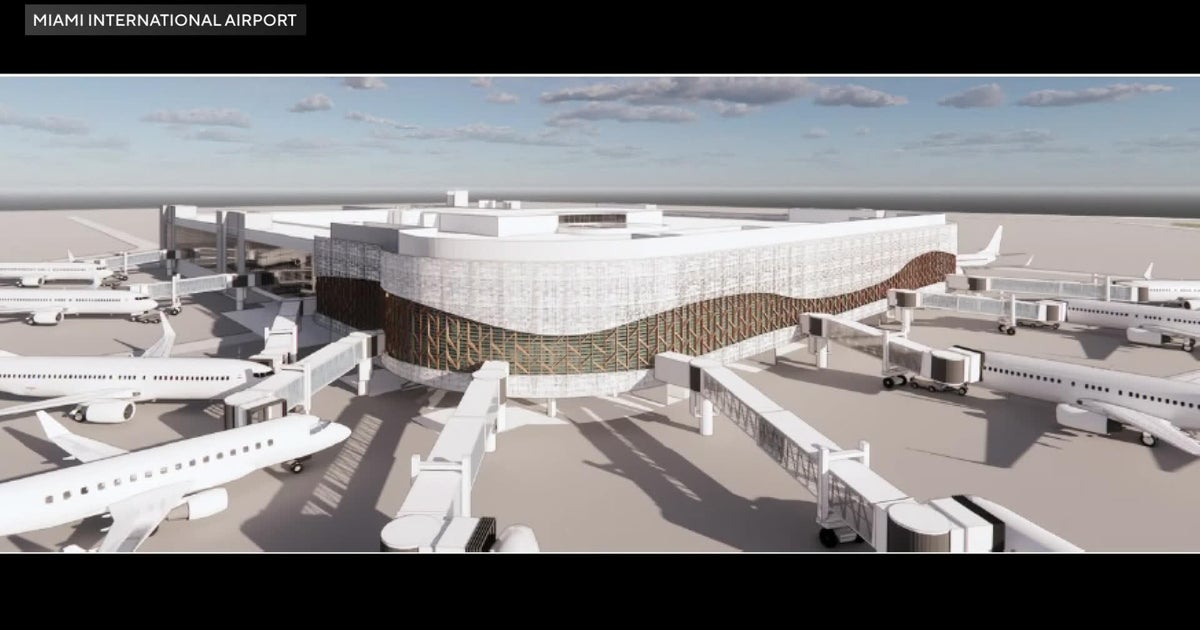Sea levels are rising at a faster pace, parts of South Florida could be underwater by 2080
MIAMI - As sea levels rise, drainage systems based on gravity become less and less effective, because eventually the stormwater or water from high tide flooding will have no place to go and can instead reverse flow.
The pump stations are used to mechanically pump the water out of the streets and into the bay. But will this be enough to keep up with future sea level rise?
Brian Mcnoldy, a senior research associate at the University of Miami's Rosenstiel School of Marine, Atmospheric, and Earth Science, said sea levels are not only rising, but doing so at a faster pace.
While it has taken 80 years for the sea level to rise a foot, the next foot is expected to occur in a period of only 30 years. The foot after that, in 20 years. The foot after that, in only a matter of 10 years.
These numbers are based on the second most aggressive sea level rise forecast from the National Oceanic and Atmospheric Administration, called the "intermediate-high" projection, which our observed sea level rise has matched up most closely to over the past several years.
"It's pretty clear to see it's not a straight line. So that's where relative to 2020, this projection has another foot of sea level rise by 2050, another 2 feet or so by 2070, and another 3 feet or so by 2080, so it speeds up," McNoldy pointed out.
South Florida looking to adapt to rising sea levels
Areas of South Florida only sit about 3 feet above sea level, so a 3-foot rise by 2080 would mean some areas would be underwater. McNoldy expects that adapting to that will be a big challenge.
"The ocean is coming up. There is absolutely no way around that. So we can adapt as much as we can, if that's as simple as raising roads, installing pumps, those are things we've already done. That's kind of a short-term fix," he said.
Scientists like McNoldy note that there are still a lot of unknowns in the sea level rise forecast, but there is no question that the ocean is rising at an accelerated rate. For now, the future of South Florida will depend on how well it adapts to this in the future.
Carlos Alvarez is the manager at Pubbelly Sushi in Sunset Harbour. During heavy rainfall events, like the storm system that brought torrential rain to Miami Beach last November, the restaurant floods.
"You can see the damage in the wall, that was caused by the water, all the flooding that happens every year," said Alvarez as he pointed to some of the damage caused by last November's flooding.
For a bustling sushi spot like this one, flooding hurts business and is a big source of frustration.
"It's really frustrating because we can't do anything," Alvarez said. "Until we have the pump station turned on over there, everything is full of water."
The pump station he's referring to is one of many that have been installed on Miami Beach over the past decade. These pumps, along with raised streets, are methods being used to combat "sunny day" high tide flooding and heavy rain flooding, both of which have become increasingly worse thanks to sea level rise.




